ICBF was present at the Beef 2018 open day held at Teagasc, Grange. It is estimated that 8,000 people attended the event. There were four main stands, outlining key performance indicators in the suckler-to-beef system, dairy calf to beef, animal genetics and grassland management.
ICBF teamed up with Teagasc and the Irish farmers Journal to partake in the livestock demonstration that focused on breeding technologies, choosing replacement heifers, achieving two-year-old calving and AI usage in suckler herds. Gary Fisher of Teagasc kicked of the demonstration talking through the question ‘Should more AI be used in the suckler herd?’
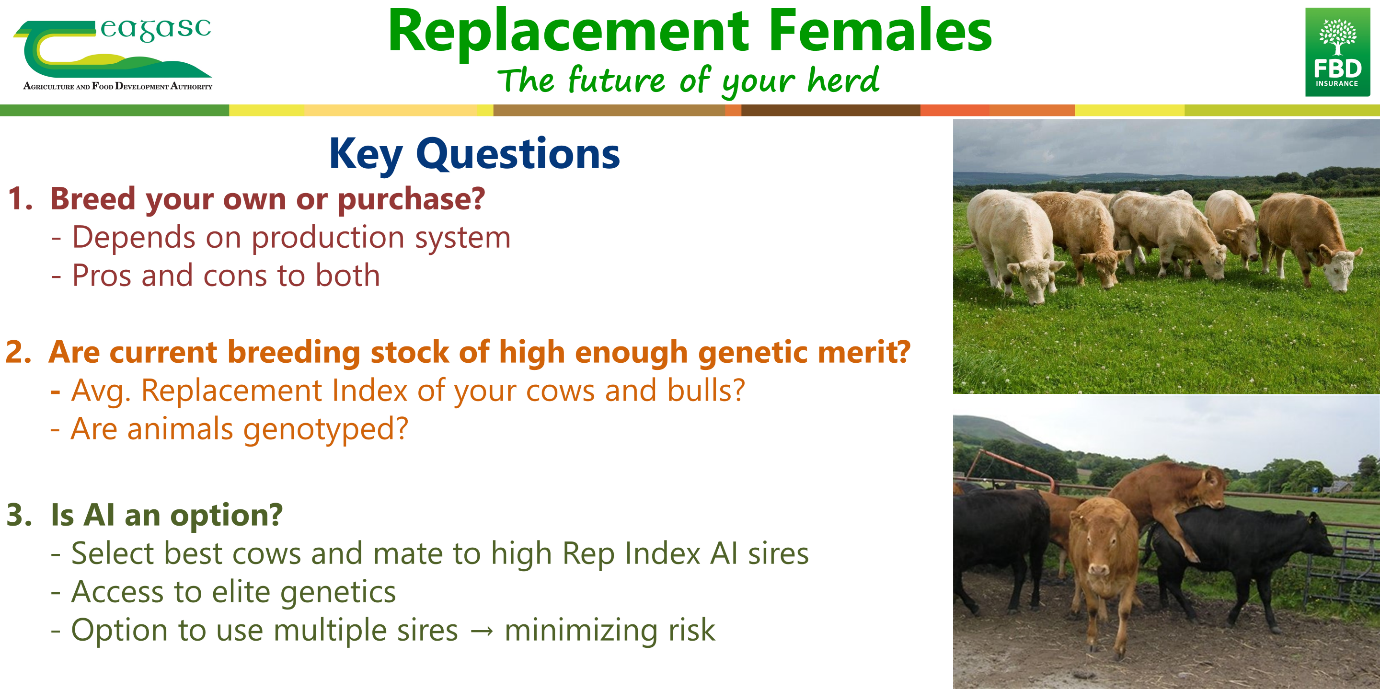
This was followed by Chris Daly from ICBF who discussed criteria for selecting replacement suckler females. The first question put forward by Chris was whether to breed your own replacements or buy in replacements. There are obviously benefits and drawbacks to both and the best system will vary depending on each individual farm.
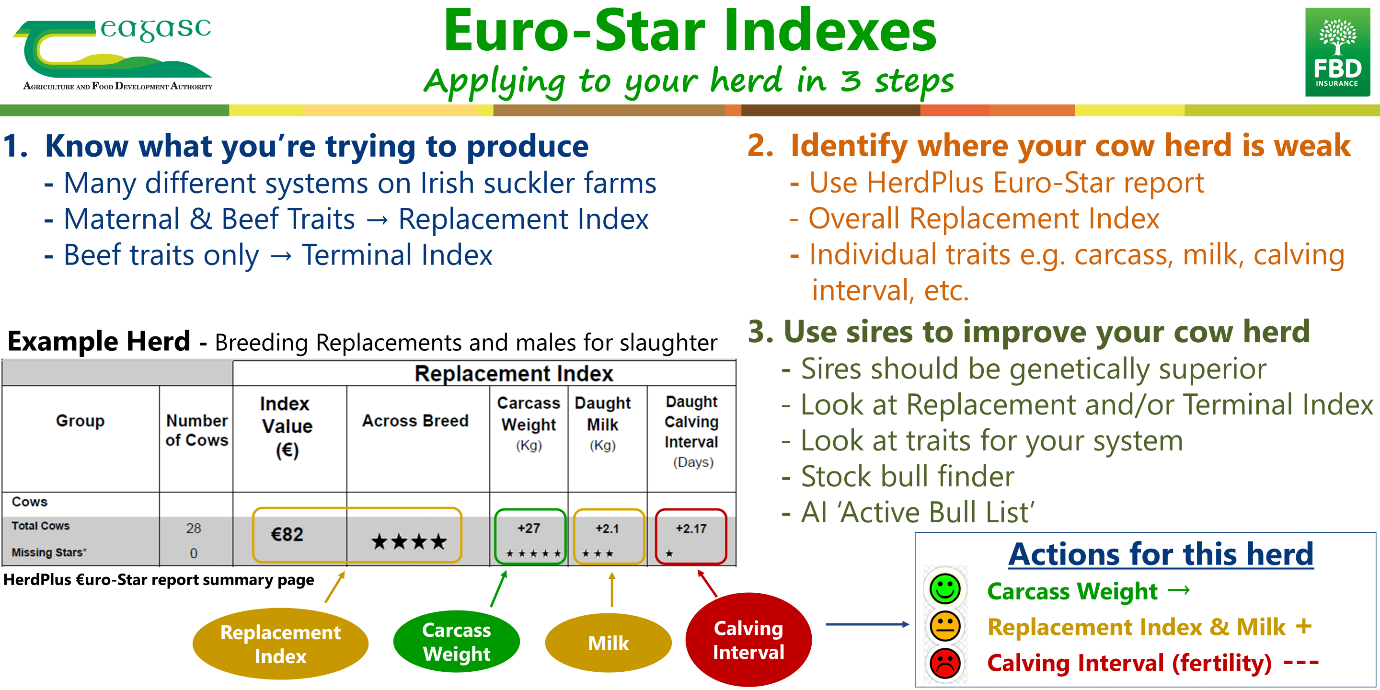
The system for replacement heifers then influences the selection of AI sire or stockbull. Changing the focus to replacement or terminal index or both. Whatever decision is taken here, it is important to use a bull that will be improving the indexes within your herd. The beef Euro-Star report, available on Herdplus, gives a herd average Replacement index and average milk, carcass and calving interval sub-indexes. To make genetic gain within your herd the sires indexes should be above your herd average.
Chris then talked through the steps for selecting replacement heifers and the boxes these heifers should tick;
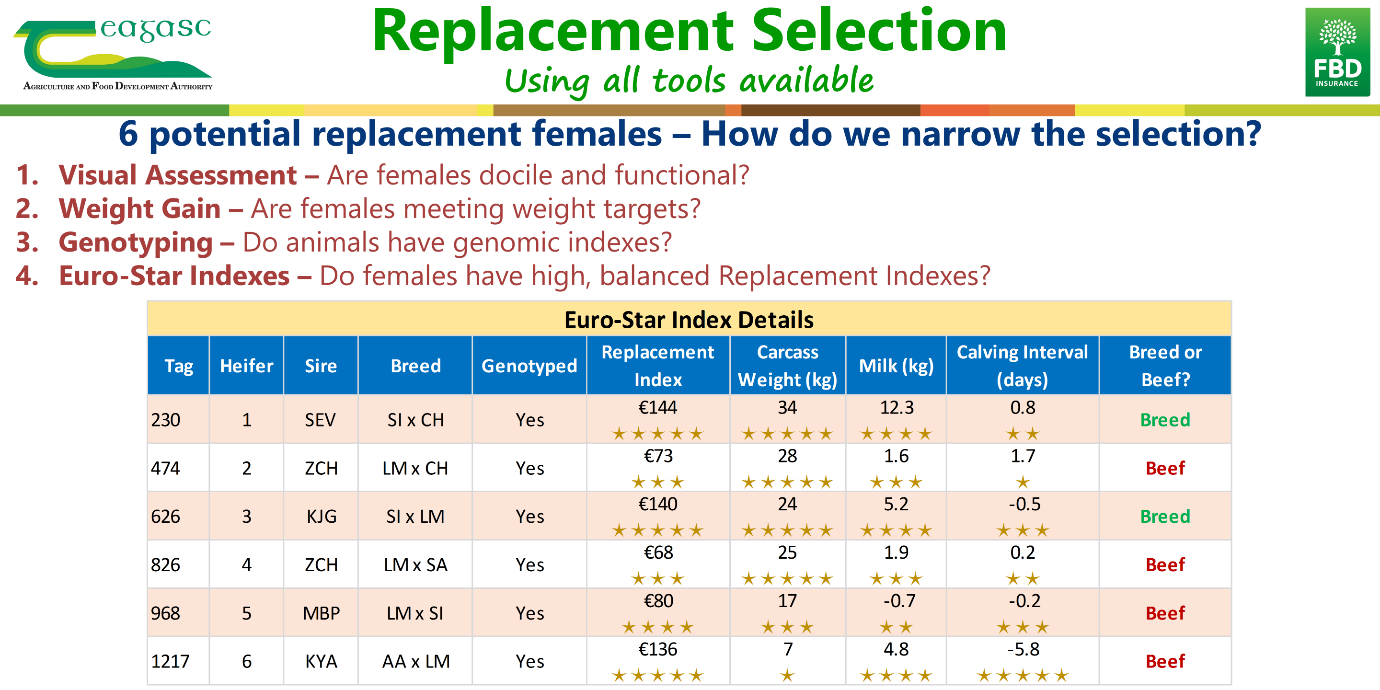
This was followed by validation that the Euro-Star indexes are making progress in the national herd.
Significant improvement in key maternal traits
| Year | Calves/Cow/Year | Calving Interval (days) | Heifers calved @ 24 months (%) |
| 2014 | 0.80 | 407 | 17 |
| 2017 | 0.87 | 393 | 26 |
Key metrics such as calves/cow/year, calving interval and age at first calving are all now moving in the right direction. The most notable example is calves/cow/year which has moved from 0.80 in 2014 to 0.87 for 2017, which across the 24,000 scheme herds represents an additional 40,000 calves for sale, with a weanling output value of some €30m to the participating beef farmers.
A steady improvement in carcass output from the suckler herd
| Year | Carcass Weight (kg) | Carcass Conformation | Age slaughter (months) |
| 2014 | 380.6 | R= | 29.6 |
| 2017 | 386.3 | R= | 28 |
Despite concerns from some sectors of the industry, analysis of data from meat processors, has highlighted a steady increase in carcass weights from suckler bred animals, with no decline in quality over the past 5 years. Furthermore, these animals are being slaughtered at a younger age (minus 22 days on average). This is a big cost saving in a finishing system.
ICBF Marquee
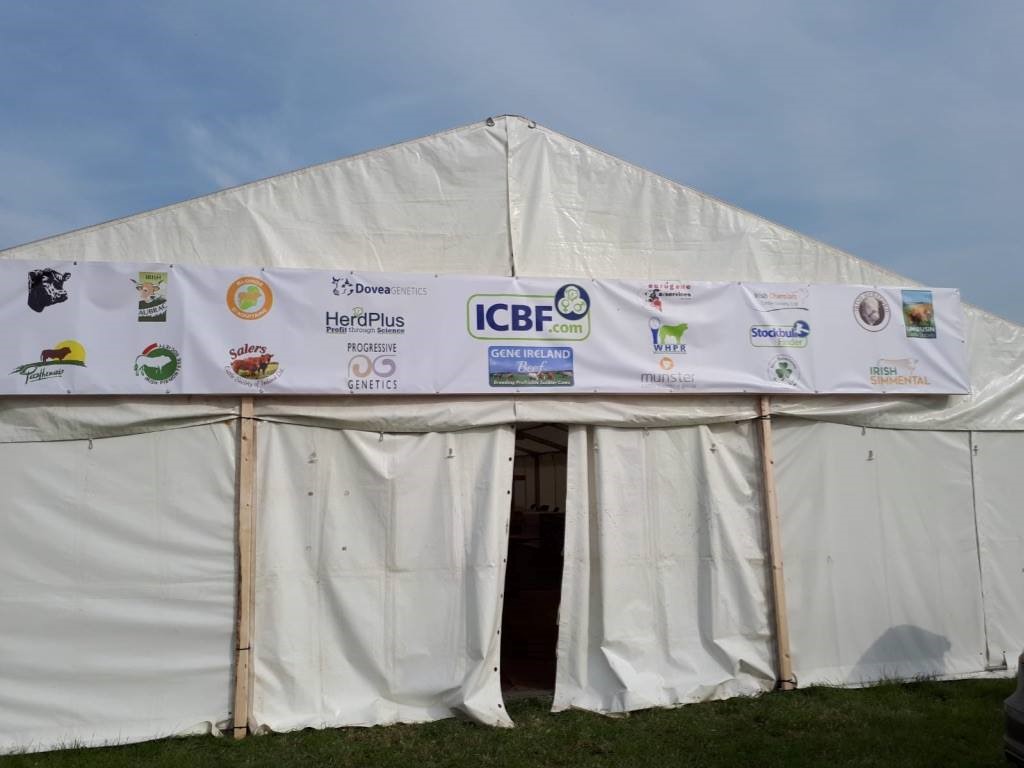
Within the marquee the Herdplus team was on hand to help with general queries along with a stand for the Whole Herd Performance Recording (WHPR) programme and Gene Ireland. It was great to put faces to some of the many people that we deal with on a regular basis.
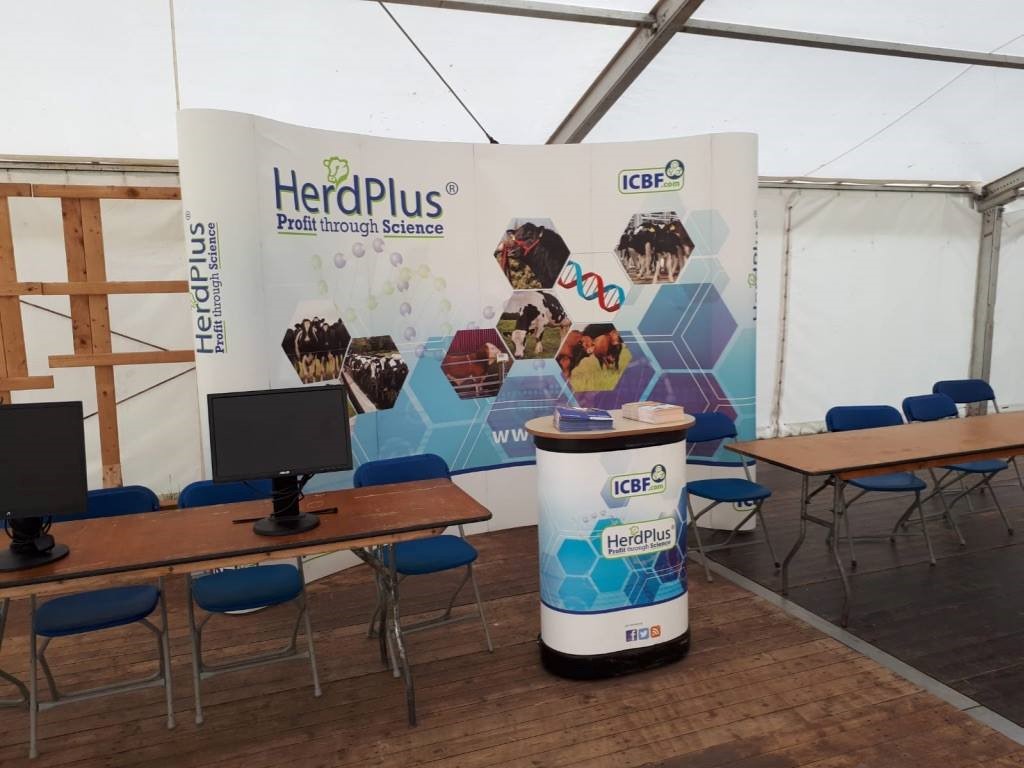
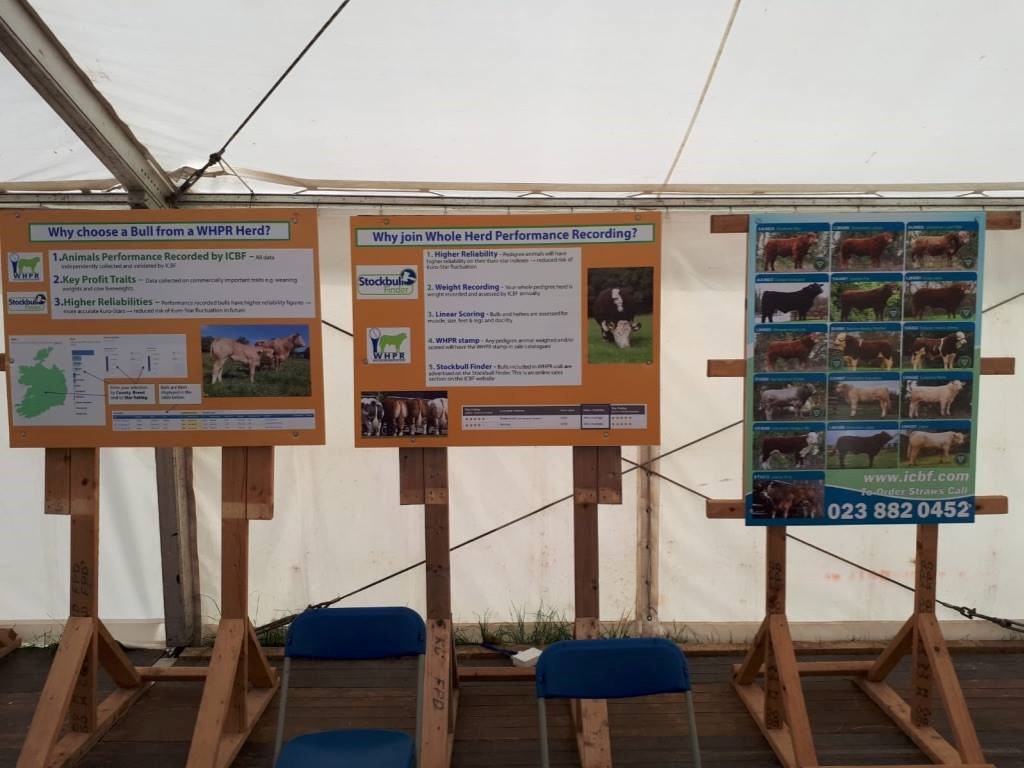
We’re already looking forward to Beef 2020 where we hope to present even greater improvements in the key performance indicators of the national suckler herd.
